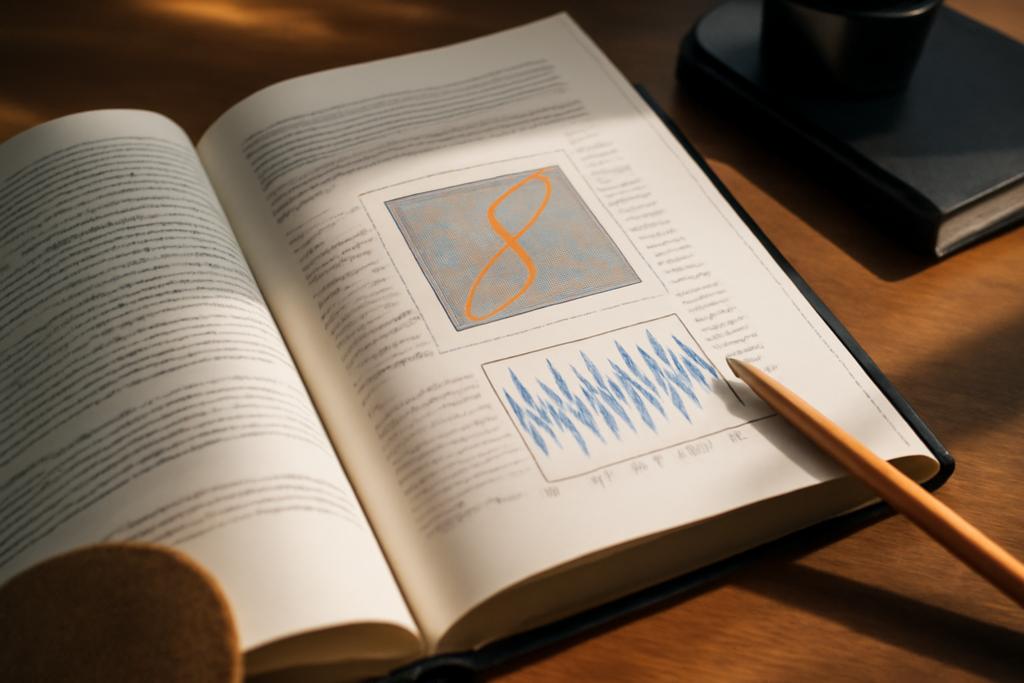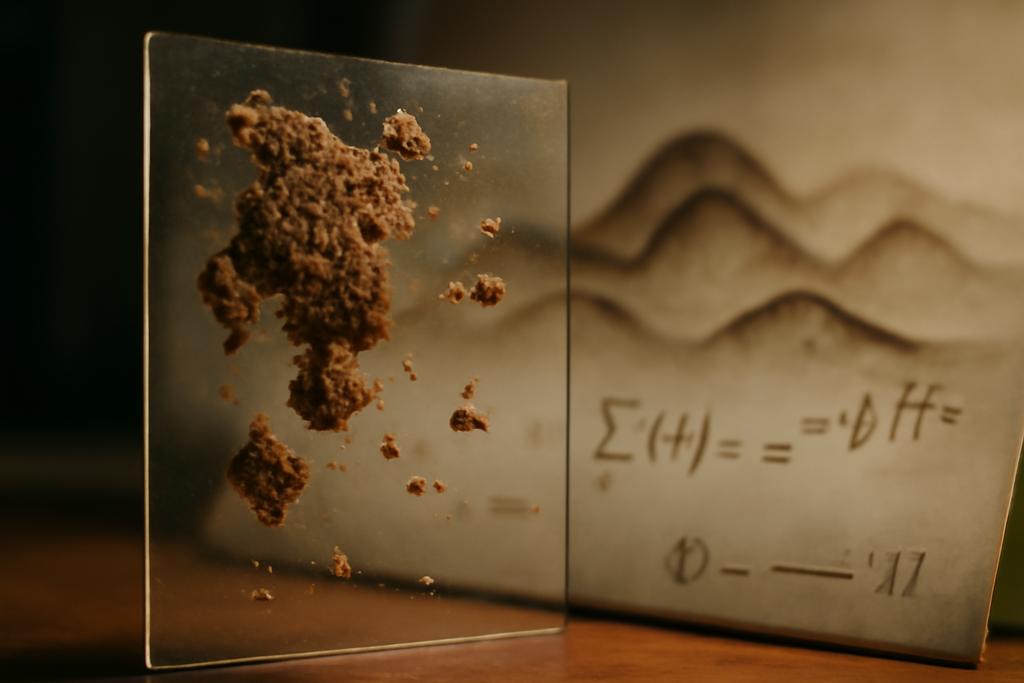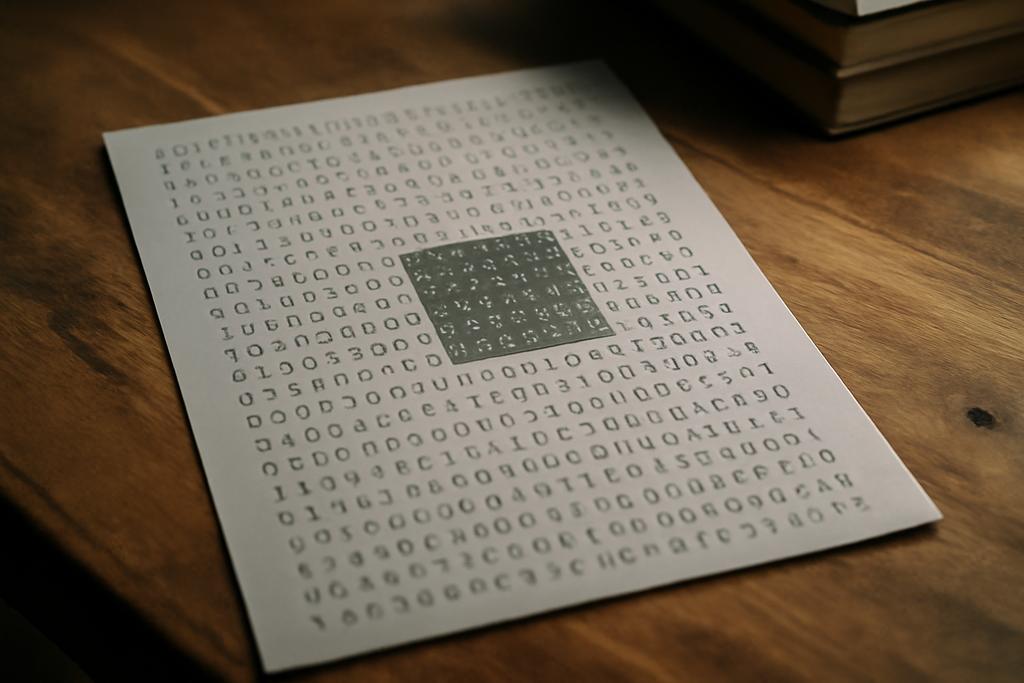A quiet thread runs through the science of chaos: can we measure how a wave spreads across space when the rules look wild? A simple mathematical setup known as the cat map sits at the center of this question. On a two dimensional torus it twists and folds the fabric of space in a way that classically looks chaotic. When you translate the same rule into the quantum realm, it becomes a family of wave operators acting on a finite stage. The question then shifts from whether chaos exists to how it reveals itself as a uniform spread of quantum waves across the space. This is the core idea of quantum ergodicity in a concrete model, and it is the thread that Subham Bhakta and Igor Shparlinski tug on in their new work.
The authors hail from the University of New South Wales in Sydney, where Bhakta and Shparlinski have pursued a bridge between number theory and quantum dynamics. Their paper pushes beyond the standard folklore that the phenomenon holds for almost all moduli N. It asks for an explicit, constructive sequence of moduli that not only exhibits quantum ergodicity but also comes with a tangible rate at which the uniformity is approached. In a field that often enjoys existence proofs without construction, this is a rare move toward a precise clockwork of chaos.
What is the quantum cat map and why it matters
The cat map is a linear rule encoded by a 2 by 2 matrix with determinant one that acts on the two torus. Think of drawing a square with opposite edges identified and then stretching and folding the grid with a fixed rule. In the classical world this action is a textbook example of chaotic dynamics: nearby points diverge, and the system loses memory of its initial state.
When we quantize this map, we replace points by waves and replace the classical evolution with a unitary operator that acts on a finite dimensional Hilbert space. Observables on the torus, smooth functions that we might measure, become operators on this quantum space. The quantum version respects a relation known as the Egorov property, which says that the quantum evolution mimics the classical map when we track how observables change in time.
At the heart of the discussion is quantum ergodicity. If you look at eigenfunctions of the quantum map and let the underlying size grow, do these waves spread out evenly across the torus? The mathematical way to formalize this is via the discrepancy ∆A(f,N), which compares the quantum average of an observable f with its classical average over the torus. A vanishing discrepancy as N grows signals that the quantum states become uniformly distributed. This is more than a technical statement; it is a bridge between deterministic chaos and probabilistic spreading in the quantum world, a topic that has captivated physicists and number theorists alike for decades.
But the story is not just about existence. The paper emphasizes a practical ambition: can we pick N in a way that guarantees the uniform spread with a known rate of convergence? The authors show that for a broad class of matrices A, one can take N to be powers of a fixed split prime p and obtain an explicit bound on the discrepancy that shrinks with N at a power saving rate. This is the kind of result that makes the abstract feel tangible, like turning a conjectured version of quantum chaos into a computable truth.
From almost all to explicit sequences
The leap from statements that hold for almost all moduli to a concrete, explicit sequence is the core technical feat. The researchers fix a prime p large enough that the characteristic polynomial of the cat map matrix A splits completely modulo p. That splitting means A becomes diagonalizable modulo p with distinct eigenvalues, which in turn makes it possible to lift the dynamics cleanly to higher powers of p. With this in hand, they study the sequence N = p^k as k grows. The order of A modulo N exists and behaves in a controlled way, a property that would be delicate to guarantee for a random choice of N.
Under natural irreducibility and nondegeneracy assumptions on A, the main theorem states that the discrepancy decays like N to the power minus some positive exponent κd (up to a small o(1) fudge factor). The exponent κd is a precise number depending on the dimension d of the map, given by κd = d divided by 2 times (2d^2 minus d plus 1). In plain terms this yields a real, computable rate: in one dimension the bound matches a quarter of a power, and as we climb to higher dimensions the rate remains a genuine improvement over naive expectations tied to the dimension.
What makes this explicit is not just the existence of a bound but the very construction of a sequence of moduli. The bound is robust and quantitative, with hidden constants depending only on the fixed matrix A and the chosen prime p, not on the exponent k. This is the sense in which the result moves from the abstract to the constructive: you can, at least in principle, watch and measure the discrepancy as the prime power N grows and see the uniform distribution emerge at a known pace.
The arithmetic toolkit behind the bound
Achieving a power saving on the discrepancy required weaving together several threads from arithmetic and harmonic analysis. A centerpiece is the realization that to control the quantum behavior you can focus on a finite set of basic observables TN(u) that are built from linear characters. The key technical move is to bound the moments of these observables over all eigenfunctions, which reduces to counting the number of solutions Qs(N; u) to a certain system of congruences determined by A and a frequency vector u.
To control Qs(N; u) one must understand how the powers of A behave modulo p^k. A foundational lemma asserts a linear independence property: for any nonzero u, the vectors u, uA, …, uA^{2d-1} are linearly independent. This prevents too many accidental cancellations and keeps the counting manageable. From there the authors translate the problem into a sum over eigenvalues of A modulo p, together with their p-adic behavior. The split prime p is essential here because it guarantees a clean diagonalization modulo p, which can then be lifted to p^k with controlled errors.
The real arithmetic engine is the bounds for exponential sums over linear recurrence sequences. The paper leans on a bound for sums of the form Sr(a) = sum over x of e(p^r times a1 λ1^x + … + a2d λ2d^x), where the λi are eigenvalues associated with A. This type of sum captures how the phases of the quantum evolution interfere. A bound of the type |Sr(a)| ≤ τ^{1−1/e + o(1)} for a certain period τ and e equal to 2d (the order of the recurrence) says that, on average, these oscillations cancel out sufficiently, reducing the contribution to Qs(N; u). The constants in this bound depend only on the fixed dimension and the chosen prime, which is exactly what is needed to keep the estimates uniform as k grows.
All these pieces come together to feed back into a bound on the matrix elements ⟨TN(u)ψ, ψ⟩ for eigenfunctions ψ. A careful optimization over auxilliary parameters shows that the discrepancy shrinks at a rate determined by κd, with the o(1) term reflecting the sub-polynomial wiggle that often accompanies such exponential sum estimates. The upshot is a clean, explicit decay rate tied to a concrete arithmetic construction, rather than a nonconstructive claim that such a decay exists somewhere in the infinite. This clarity is what makes the result both technically impressive and philosophically satisfying.
Why this reshapes our view of quantum chaos
Why does it matter that we can produce explicit moduli with a provable rate of quantum ergodicity? Because it anchors a qualitative idea in quantitative ground. Quantum chaos sits at the intersection of physics and mathematics, where random matrix heuristics and spectral theory mingle. Having an explicit class of moduli with a known decay rate transforms a loose, almost sure picture into a concrete benchmark. It gives researchers a concrete laboratory to test ideas about how chaos manifests in quantum systems and how arithmetic structure can constrain or guide that chaos.
The work also highlights a deeper pattern: the payoff of cross pollination between fields. The problem picks up tools from algebraic number theory, spectral theory, and the theory of exponential sums, then applies them to questions about how quantum states distribute themselves. It is a reminder that quantum behavior can be sensitive not only to the physical setup but to the arithmetic landscape in which the model is defined. In that sense the paper illuminates a path from abstract number theoretic phenomena to tangible statements about how a quantum system disperses its probability across space.
Looking ahead, the approach invites generalization. Could similar explicit sequences be constructed for other families of quantum maps, or for higher-dimensional analogues beyond the current setting? Might this kind of explicit control over discrepancy feed into numerical experiments in quantum simulation or even influence how we design pseudorandom generators for simulations of chaotic systems? The authors do not claim all these futures, but their work sets a clear template: start with a clean arithmetic skeleton, enforce a split prime structure, and then translate spectral questions into exponential sums where classical number theory has long since learned to tame oscillations.










